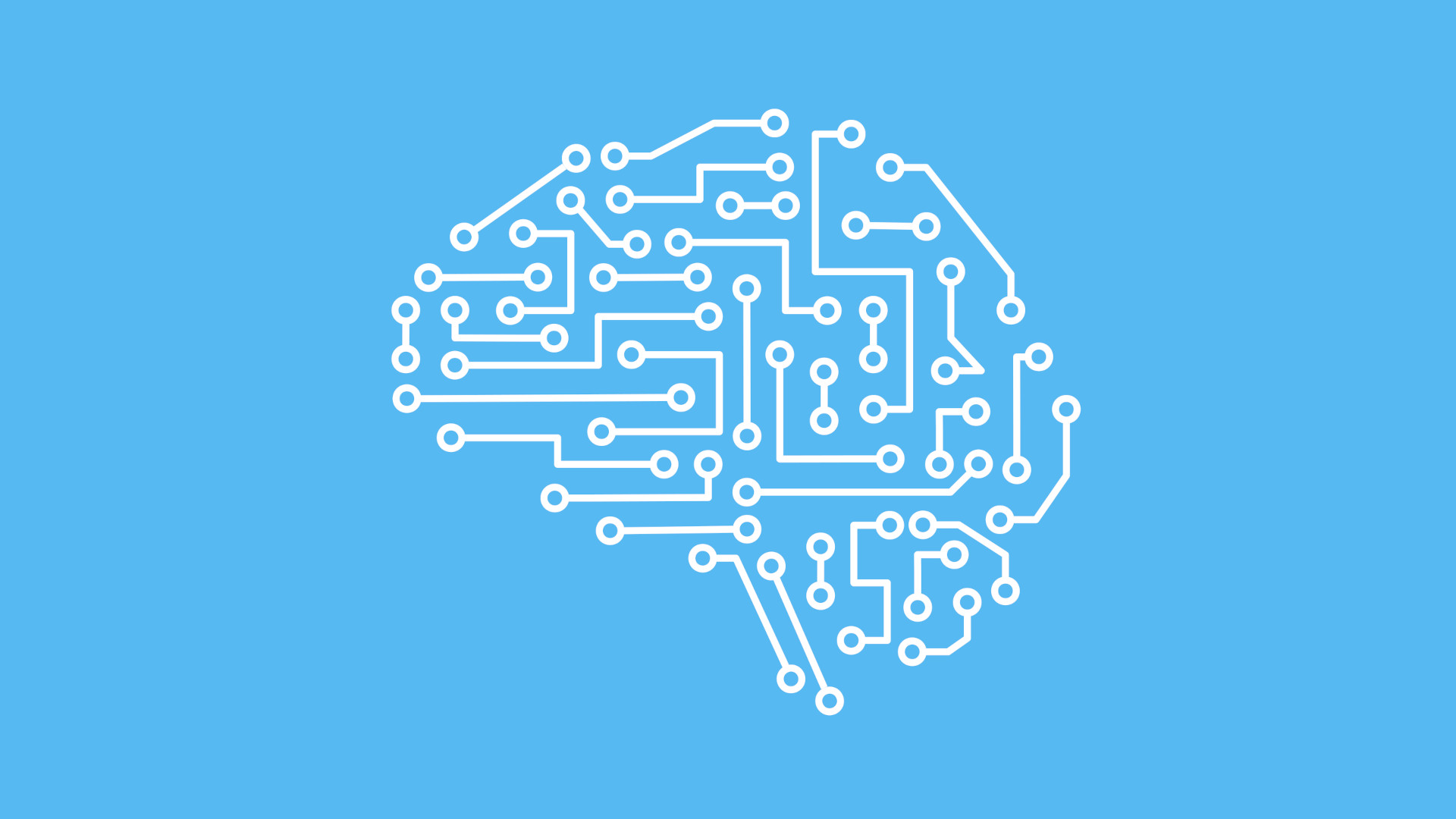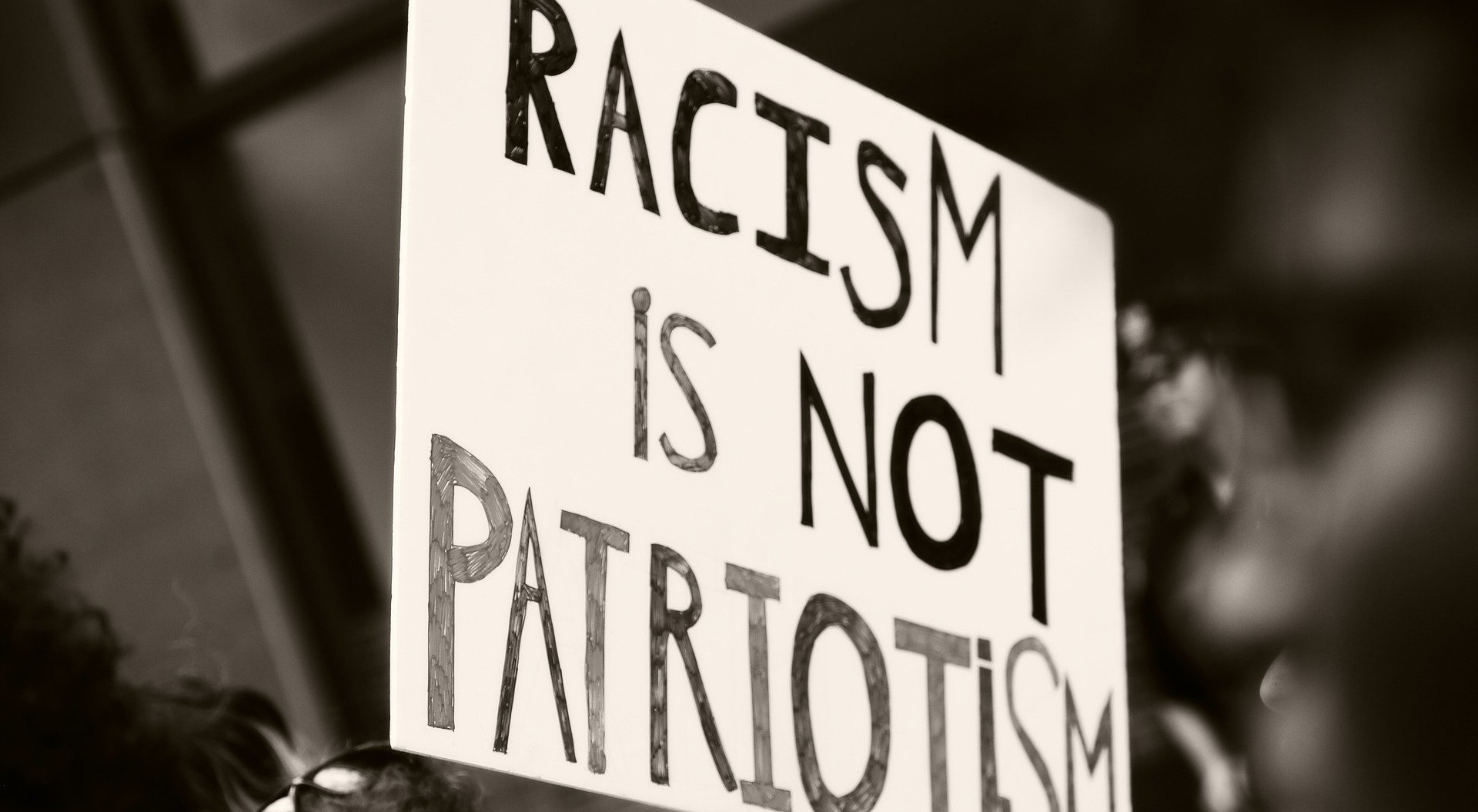
The Problems with Tiered Internet
25 January 2017
We’re generally familiar with how buying cable works. Usually, there’s a collection of packages including an increasing amount of channels with increasing cost. Adding “extras” like HBO cost extra. The Internet does not work the same way. Rather than paying for access to collections of websites, we pay for different speeds, and the entirety of our Internet will be delivered at that speed. The Internet operates very differently, so this sort of access scheme makes sense. A tiered Internet would operate more like cable; you might pay for faster access to a collection of websites, and your cable company might charge companies to allow their services to be available to you at better speeds.
In a tiered Internet, you pay twice for the services you use. In a world of Internet fast lanes, some companies could pay Internet providers for their service to be faster than others. In return, they would pass the costs of doing so on to their subscribers. This means that consumers end up paying their service providers as well as paying more for the services they use. Service providers such as AT&T have already complained that online services don’t pay them. The problem with this argument is that the end user buying Internet service is paying for that data already. Internet providers have already explained that data caps are not related to congestion or network limitations, so the idea that an online service would need to pay an Internet provider to provide access to their service is entirely profit driven. Further, the cost for moving data across the Internet is very low - less than a penny per gigabyte. Online services already pay for bandwidth anyway - just not to a consumer service provider.
Tiered Internet plans divide the Internet into two Internets; an elite, unlimited and privileged Internet, and a slower, limited Internet. With a majority of people using the Internet, this creates a split in how well people are able to be informed about the world. Already (as of 2013) 26 million Americans are not able to afford access to the Internet, let alone being able to afford access to a top-tier open Internet. It’s unlikely that a service provider would outright block access to websites. However, by slowing them down or introducing caps on data outside an Internet package, service providers can effectively discourage people from visiting them. There’s a lot more on the Internet than many people realize - everything from news, to source code, to online courses - parts of which many people may not use. The problem is, by discouraging use of those less common places, it becomes harder to get a view of what’s going on a wider scale.
The technology exists (and is widely available - even your home router likely supports it) to allow certain types of data to move faster than others. Typically, this would be used to allow VoIP (Internet telephone, basically) to operate faster than say, loading Facebook so loading Facebook doesn’t cause call drops. Without net neutrality, service providers can artificially limit speeds based on the Internet packages their customers subscribe to. This could mean that someone would need to pay extra for their gaming to be faster, or for the ability to work from home, or even just to have Skype work reasonably well. While service providers likely wouldn’t block services altogether, a tiered Internet could be built around that sort of traffic shaping. There isn’t a technological reason for Internet providers to do this, given their own admissions that network capacity is not a problem. Unfortunately, there’s also no way to escape it as a customer because there are so few Internet options available. Net neutrality rules prevent this from happening.
What makes the Internet so powerful and so useful is that once you pay for access, you have access to everything and at the same speeds. No matter what, it’s possible to access any information at any time. On a tiered Internet, that isn’t so. Tiered Internet packages create an elite Internet of people who can afford to access the whole Internet at the same speed, and who therefore have more reliable access to information. It also puts Internet providers in control of what users of the lower tier, less expensive Internet can see. That becomes a huge problem for living in an informed democracy.
• • •
Stay updated by email
or, grab the feed
Found something wrong? Get in touch.
More to See


Digital Native Does Not Mean Digitally Literate

Can the President of the United States be Deplatformed?
